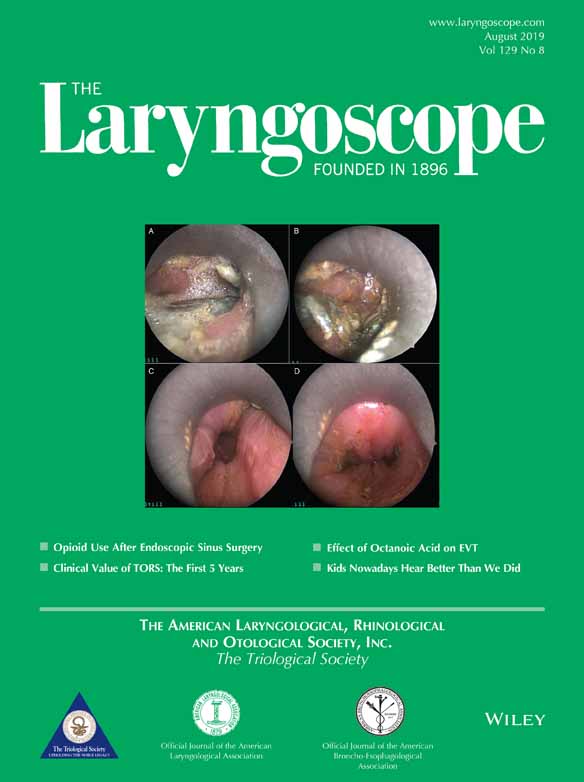Clinical Trials in Obstructive Sleep Apnea: Recognizing Trends and Future Opportunities
Presented at the 2018 Triological Society Combined Sections Meeting, Scottsdale, Arizona, U.S.A., January 18–20, 2018.
The authors have no funding, financial relationships, or conflicts of interest to disclose.
Abstract
Objectives/Hypothesis
Examine US and international clinical trials in obstructive sleep apnea (OSA) to characterize researchers involved, interventions being studied, and opportunities for future investigation.
Study Design
Retrospective database review.
Methods
The information from ClinicalTrials.gov was used to assess OSA clinical trials between 1999 and 2017. Information was gathered on principle investigator (PI) demographics, interventions studied, study funding source, and regional distribution of research institutions.
Results
There were 813 clinical trials studied. The majority of trials examined continuous positive airway pressure interventions (43.7%), with pharmacotherapies being the second most commonly investigated treatment (19.2%). Surgical interventions made up 10.7% (n = 87) of clinical trials for OSA. Most studies were based internationally (59.9%). PIs were predominantly male (72.0%); 72.7% had an MD and 28.6% had a PhD. There were no significant differences in funding source (National Institutes of Health vs. industry, P = .14) or institutional geography (international vs. US, P = .73) between surgical and nonsurgical studies. Surgical trials were significantly more likely to have a male PI and involve pediatric patients compared to nonsurgical trials (P < .001). Otolaryngologists represented 9.2% of all PIs and had similar rates of NIH funding compared to other medical specialists (P = .22).
Conclusions
This study provides a broad overview of past, current, and future treatment paradigms for OSA. Sleep surgery, specifically otolaryngology, is a small voice in the overall landscape of clinical trials for OSA. This information can help guide future research efforts and direct our specialty when setting priorities regarding research funding while encouraging a broad and interdisciplinary pursuit.
Level of Evidence
NA
Laryngoscope, 129:1940–1944, 2019




